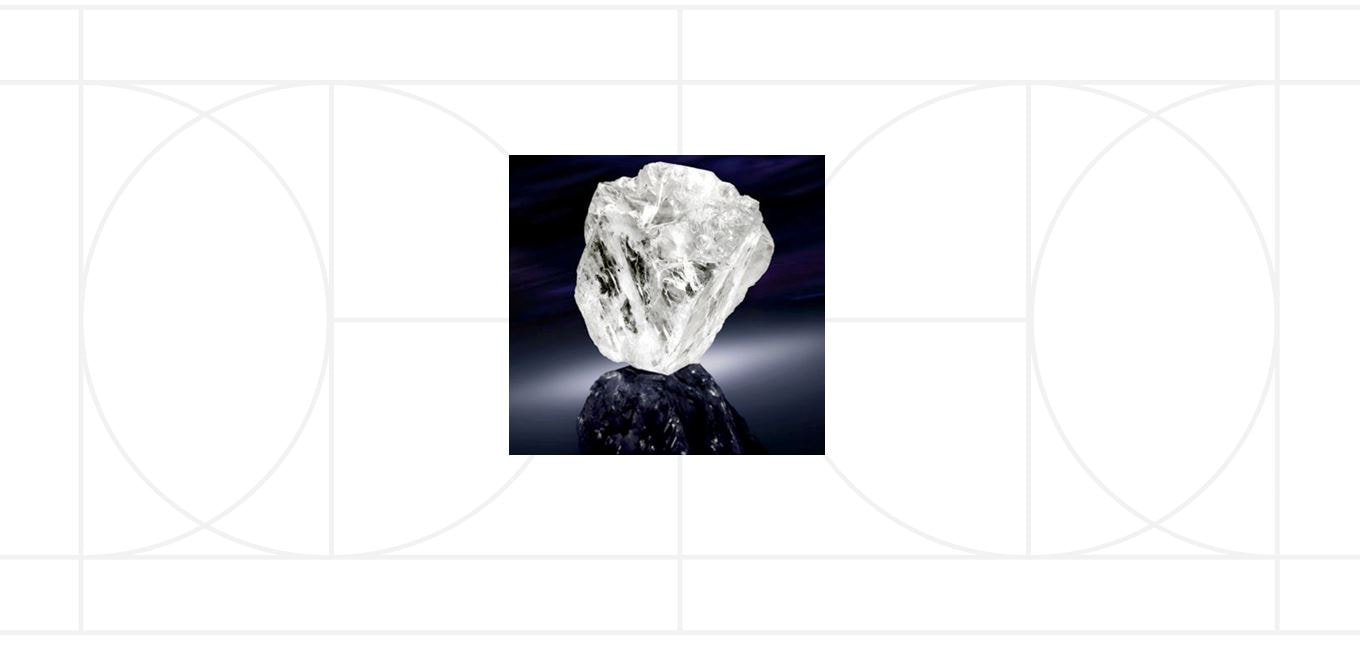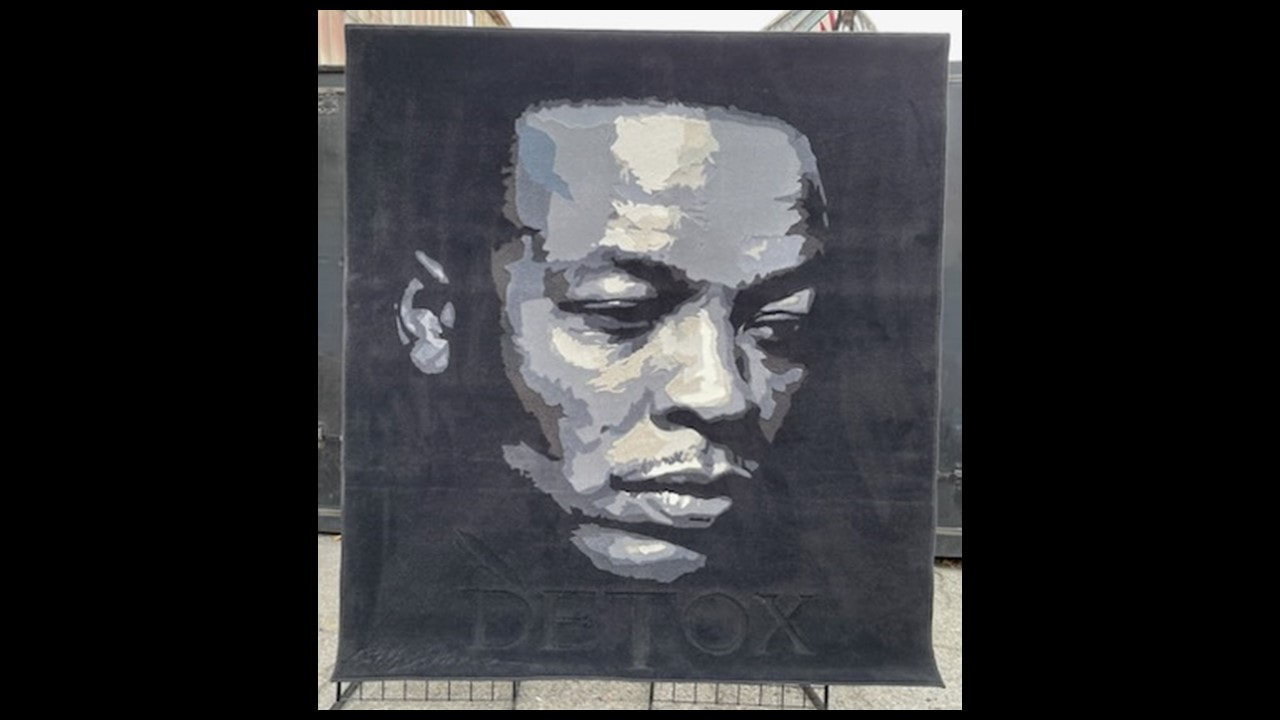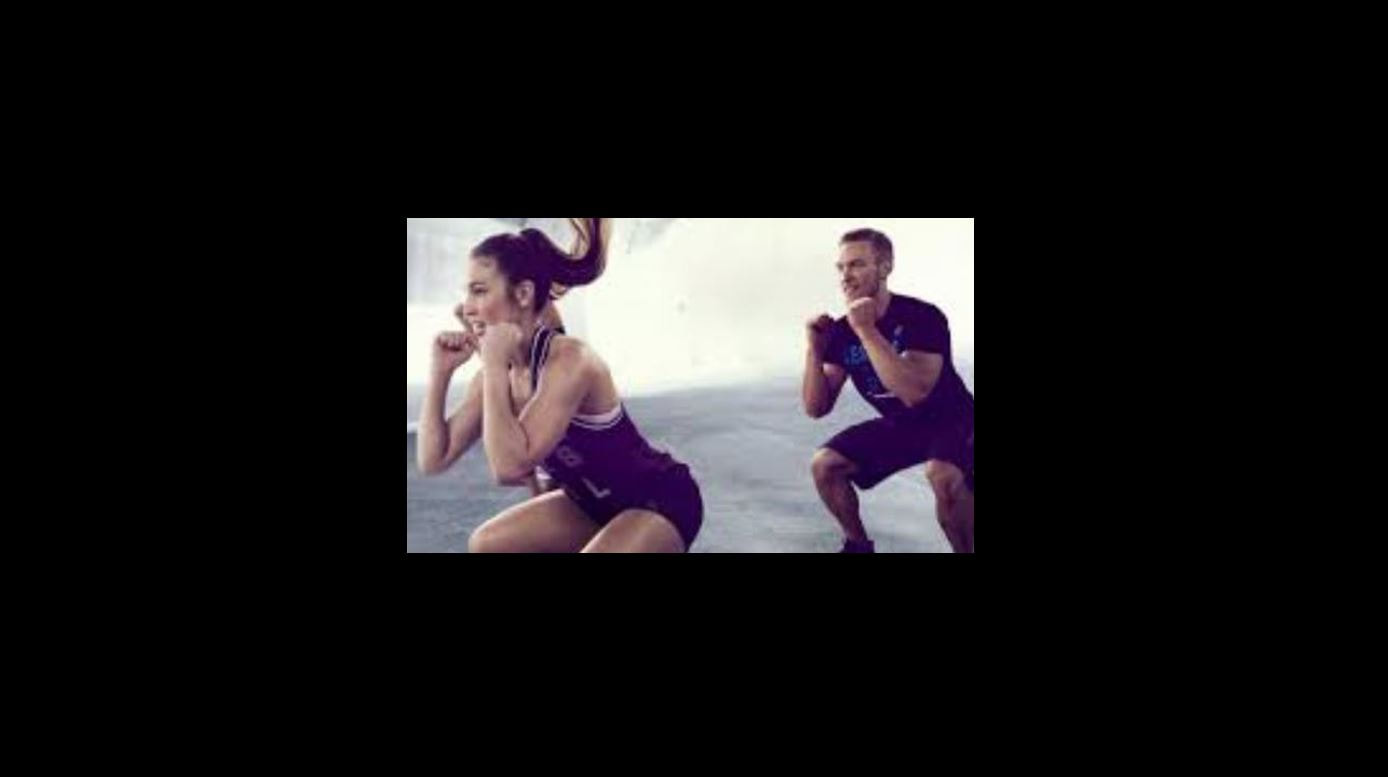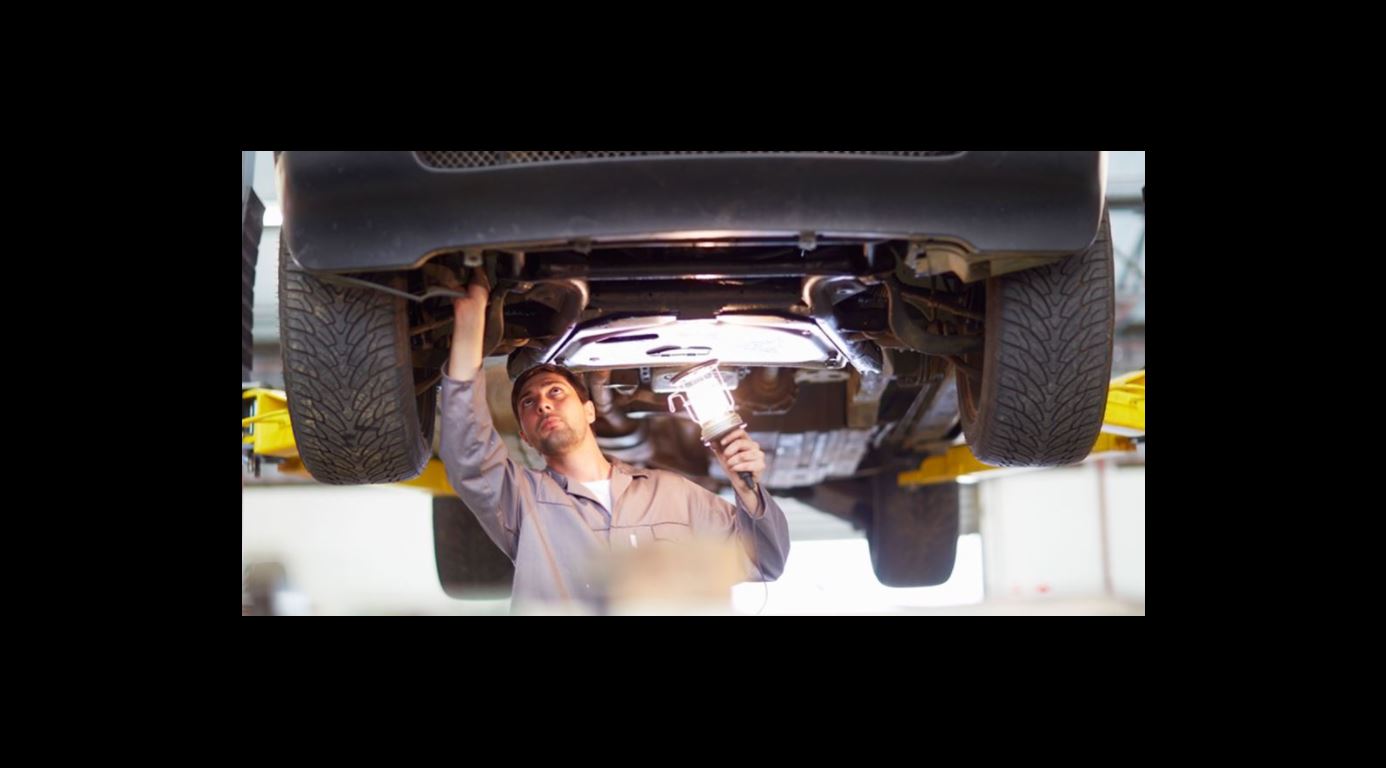RESULTS
Diamonds are formed from deep carbon inside the depths of earth's mantle by pure heat and pressure. The heat is estimated to be 2000-2200 Fahrenheit and the pressure is 725,000 pounds per square inch. In this environment, the carbon atoms bond together to form crystals and gradually a diamond begins to form. It may take 1 to 3.3 billion years, which is estimated to be 25% to 75% of earth's age.
In business, much like a diamond (and hopefully with less pressure, less heat temperatures and in less time), from the pressure of a crisis, genius is born.
Building and sustaining business has a simple formula but may not be very simple to execute. Build a good product, make the product consistently equal with little variation, reach the market who needs the product, answer the call, present the goods, and close the business. Then repeat.
Now, let's pull in a public health pandemic into the formula of 'reach and frequency,' and our shared challenges of running a business becomes ever increasing.
At this very moment, measurement is easier than ever before in all walks of life including marketing and many lean heavily on the adage, that 'what is not measurable is not manageable.' Don Norman disagrees. In The Design of Everyday Things, Don Norman (the thought leader of 'user experience"), does not believe that using math to identify a gap of what works and what is not either measurable, or perhaps is not measuring well, should be tossed in a trite act of decision making. He says, 'Wait. Not so fast!'
Let's take a busy coffee shop. A barrister who has a tight process of coffee making completely under control. Creating short wait times from long lines is this barrister's specialty. From the customer's point of view, this can very easily go unnoticed until there is the other café worker who is breaking under pressure and delivers coffee not nearly close to the customer's order. Can this be measured in a way to address the root cause to adjust the bumbling café worker to be more like the groomed barrister? Let's assume a few things when considering the question. Both workers are of equal mental agility and managed well through the training. It's just that one buckles under pressure while the other may not be. Perhaps its measurable like how many workers are behind the counter, how many customers are in line, how long does it take to make a cup of coffee, how is the order being noted as the customer is communicating, etc. Then there are other items like training, testing, practice, coaching, and experience. These areas may be measurable or they might not be so obvious but essential in the daily success of the coffee shop.
The overall user experience is not simply a sum of smaller interaction experiences that create the whole. Many are salient while others are emotional.
The world-renowned economist Klaus Schwab who is also the executive Chair of the World Economic Forum authored The Fourth Industrial Revolution, said it best. He explained that we face an opportunity to shape the near future of how we live and work through cutting edge technology that brings together physical, digital and biological developments. The newness of these changes upon society can empower and serve people. Everyone on the planet has the opportunity to contribute to developing our shared future.
We see this crisis as an opportunity to improve. We have helped many to do the same. Is it time for your organization to embrace the digital transformation? Please contact us at Centaur Strategies to open up the discussion.
In business, much like a diamond (and hopefully with less pressure, less heat temperatures and in less time), from the pressure of a crisis, genius is born.
Building and sustaining business has a simple formula but may not be very simple to execute. Build a good product, make the product consistently equal with little variation, reach the market who needs the product, answer the call, present the goods, and close the business. Then repeat.
Now, let's pull in a public health pandemic into the formula of 'reach and frequency,' and our shared challenges of running a business becomes ever increasing.
At this very moment, measurement is easier than ever before in all walks of life including marketing and many lean heavily on the adage, that 'what is not measurable is not manageable.' Don Norman disagrees. In The Design of Everyday Things, Don Norman (the thought leader of 'user experience"), does not believe that using math to identify a gap of what works and what is not either measurable, or perhaps is not measuring well, should be tossed in a trite act of decision making. He says, 'Wait. Not so fast!'
Let's take a busy coffee shop. A barrister who has a tight process of coffee making completely under control. Creating short wait times from long lines is this barrister's specialty. From the customer's point of view, this can very easily go unnoticed until there is the other café worker who is breaking under pressure and delivers coffee not nearly close to the customer's order. Can this be measured in a way to address the root cause to adjust the bumbling café worker to be more like the groomed barrister? Let's assume a few things when considering the question. Both workers are of equal mental agility and managed well through the training. It's just that one buckles under pressure while the other may not be. Perhaps its measurable like how many workers are behind the counter, how many customers are in line, how long does it take to make a cup of coffee, how is the order being noted as the customer is communicating, etc. Then there are other items like training, testing, practice, coaching, and experience. These areas may be measurable or they might not be so obvious but essential in the daily success of the coffee shop.
The overall user experience is not simply a sum of smaller interaction experiences that create the whole. Many are salient while others are emotional.
The world-renowned economist Klaus Schwab who is also the executive Chair of the World Economic Forum authored The Fourth Industrial Revolution, said it best. He explained that we face an opportunity to shape the near future of how we live and work through cutting edge technology that brings together physical, digital and biological developments. The newness of these changes upon society can empower and serve people. Everyone on the planet has the opportunity to contribute to developing our shared future.
We see this crisis as an opportunity to improve. We have helped many to do the same. Is it time for your organization to embrace the digital transformation? Please contact us at Centaur Strategies to open up the discussion.
|
|
Strategic Thinking and Achievements
|
The Analytical Approach
|



























